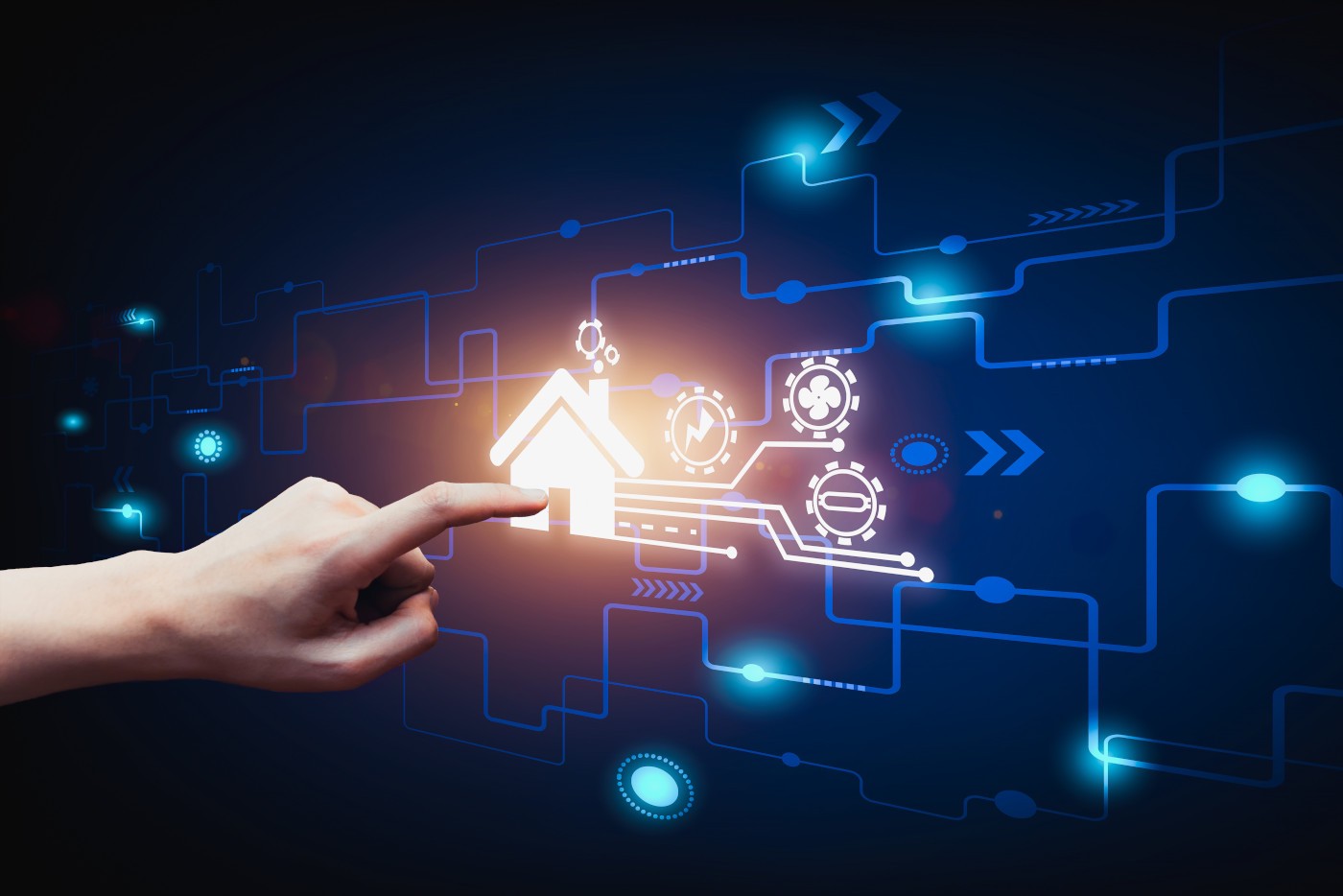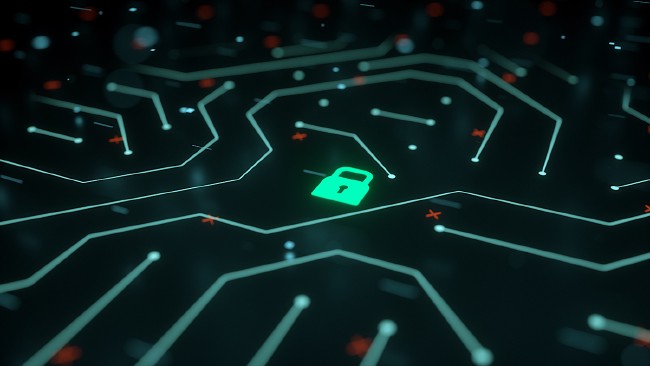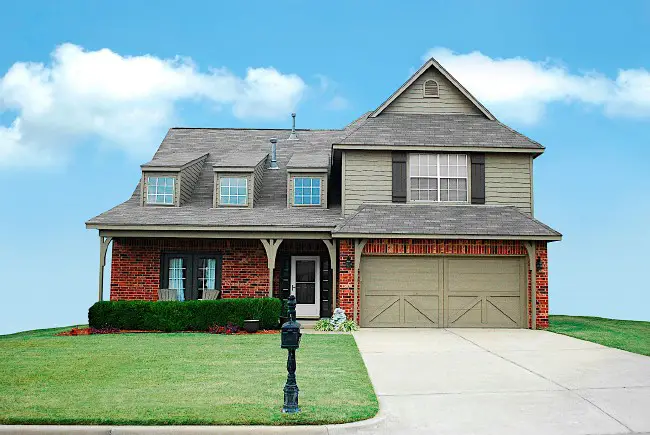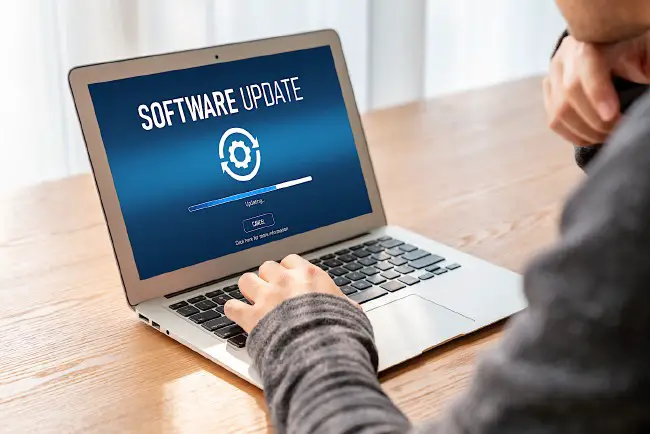Augmenting Traditional Controls with Smart Home Functionality
When deciding to add smart home capabilities to your not-so-smart home, one aspect you should not overlook is the traditional controls in your home. Why should you consider traditional controls when you are adding smart home controls? That thought may sound counterintuitive, but in fact it is a very important consideration if you wish to successfully implement smart home functionality.
Why Traditional Controls are Important
There are a number of reasons traditional controls should be considered when building a smart home. A few reasons are outlined in detail below.
Familiarity by Family and Guests
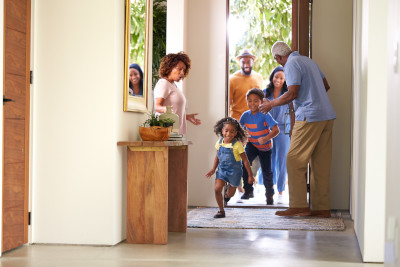
Nothing can shut down your smart home dreams quicker than upset family members. Remember, your goal with smart home capabilities should be to improve certain areas of your home life rather than make it more frustrating and miserable. If you design your smart home in such a way that one or more of your family members is having a difficult time using the smart home on a regular basis, you may need to rethink your design. Sometimes you may have to dial back your automations or fine tune them so that they are not causing usability issues.
A solid smart home design requires some planning and forethought to provide a great experience for your entire family and visitors. Buying a lot of smart home devices may be fun and exciting, but without taking the time to understand how best to use the devices, you may find yourself disappointed with the outcome.
Traditional controls are also useful for when you have guests visit your home. Your guests may not be familiar with the smart home functionality you have implemented especially if you made everything controlled by voice, for instance. Do you want to spend time teaching your guests how to use your smart home and perhaps make them feel awkward or uncomfortable?
Traditional Controls are Useful if Smart Home Controls Fail
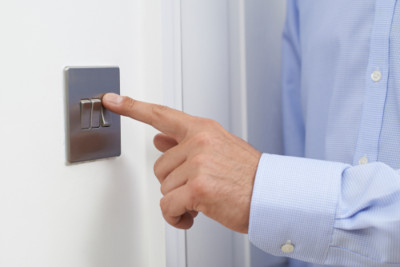
Just like with any technology, there is the possibility for failures to occur. If you are using a smart home hub and it is malfunctioning, your smart home functionality will be down until you get the hub back up and running. Home automation such as Home Assistant (as great as it is) has been known to break certain functionality after performing an update so you may need to spend some time fixing various issues or reverting to prior versions.
When your smart home hub and/or software is temporarily down, having traditional controls which function properly is very beneficial as a fallback when smart home functionality is offline. Ideally, you do not want to be in a situation where you cannot turn on your lights at night because your smart home is down.
Devices with local control have the added benefit of functioning even if your Internet is down, but the possibility of a malfunctioning hub or automation software still exists. Therefore, traditional controls are still important. Only the “nice to have” functionality should be broken rather than the “need to have” functionality when something goes wrong.
Selling Your Home
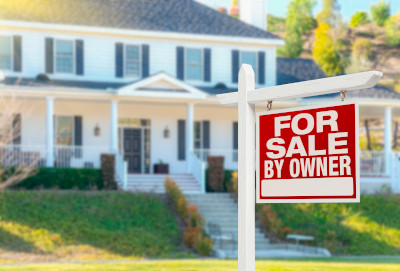
If you decide to sell your home and you have no desire to remove some or all of your smart home devices (especially wired devices), ensuring traditional controls function is critical since the buyer of your home may not have any desire to use any smart home devices. When traditional controls such as light switches simply work as expected, resale of your house is not impacted, and it may save you time and money if the buyer requested that you remove all of the smart home devices.
Imagine if you had a potential buyer walk through your home and the light switches do not turn on the lights because they require smart home automation in order to function properly. I do not think that would make a good first impression of your home.
Even if the buyer does not request you remove the devices, if the traditional controls still function properly, you have the option to leave the devices and not spend a lot of time removing them. This may be convenient if the devices are older and you do not plan to reuse them in your new home, or they are devices which you simply have no need for in your new home.
Enable Smart Features without Breaking Traditional Controls
On certain devices such as light switches, you may be able to set parameters on the device itself to make it smarter without breaking the traditional controls. One example would be an “auto off” timer setting where a bathroom fan would turn off after 1 hour, for instance.
Since the parameters are set on the device itself, you are not breaking the traditional controls since the fan can still be turned on and off manually with the switch. For use cases like bathroom fans, you may be able to get away with setting a parameter such as a shut off timer without frustrating anyone and it could be used as a nice power savings feature because it is easy to forget to turn off the bathroom fan.
Device parameters do not require any smart home hub or automation software in order to function properly so this is one area you may explore to augment traditional controls without breaking the manual usage of the traditional controls.
As you build out your smart home, taking time to think carefully through all of your automations and smart controls will help minimize the learning curve for your users and to reduce the likelihood of usability issues. If you ensure traditional controls continue to function properly in your smart home design, you will have greater success in implementing a smart home that everyone will enjoy!
Related Posts
Enable HTTPS using Let’s Encrypt in Home Assistant
In previous guides, I demonstrated how to set up encrypted connections for Home Assistant using either the Nginx Proxy Manager add-on or an existing Nginx Proxy Manager server on your network.
Read moreChamberlain myQ Alternative
On October 25th, Chamberlain released a statement about revoking 3rd party access to their myQ products. The called the access “unauthorized” but in reality the access was from customers who wish to use their purchased smart home product on their platform of choice such as Home Assistant.
Read moreUpdating the Firmware of Zooz ZST10 700 Series USB Z-Wave Controller in Home Assistant
Updating the firmware of a USB Z-Wave Controller such as the Zooz ZST10 700 (affiliate link) has become much easier when using Home Assistant!
Read more